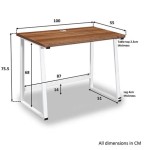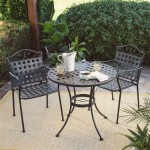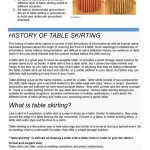Essential Aspects of Above Ground Vegetable Garden Containers
Above ground vegetable garden containers offer a convenient and practical way to grow vegetables in limited spaces, such as patios, balconies, or small yards. They provide numerous benefits, including improved drainage, ease of maintenance, and protection from pests and diseases. Understanding the key aspects of above ground vegetable garden containers is crucial for a successful gardening experience.
Container Selection
Choosing the right container is essential for the health and growth of your plants. Factors to consider include the size and shape of the container, the material it's made from, and the drainage system it offers. The size of the container should be adequate for the root system of the plants you plan to grow. A larger container will allow for more root growth, resulting in healthier and more productive plants.
Drainage System
Proper drainage is vital for preventing waterlogging and root rot. Choose containers with drainage holes in the bottom to allow excess water to escape. You can add a layer of gravel or broken pottery to the bottom of the container to further improve drainage.
Soil and Fertilizer
The soil you use in your above ground vegetable garden containers should be well-draining and rich in nutrients. A mixture of topsoil, compost, and vermiculite or perlite provides a suitable growing medium. Fertilize your plants regularly with a balanced fertilizer to provide them with the essential nutrients they need for growth.
Watering and Maintenance
Above ground vegetable garden containers need regular watering, especially during hot and dry weather. The frequency of watering will depend on the type of plants, the size of the container, and the weather conditions. Check the soil moisture by sticking your finger an inch or two into the soil. If the soil feels dry, it's time to water.
Pests and Diseases
While above ground vegetable garden containers offer some protection from pests and diseases, it's still important to be vigilant. Regularly inspect your plants for signs of pests or diseases. Use organic methods, such as companion planting and insecticidal soap, to control pests and diseases.
Conclusion
Above ground vegetable garden containers are an excellent option for growing vegetables in small spaces or for those who want the convenience of gardening without the need for extensive landscaping. By understanding the essential aspects of above ground vegetable garden containers, you can create a thriving and productive garden that will provide fresh, homegrown vegetables for years to come.

Raised Bed Garden From A Z What To Know Joe Gardener

Should I Plant My Vegetable Garden In Raised Beds

18 Raised Garden Bed Ideas At All Points
:max_bytes(150000):strip_icc()/September-Garden-4-27714c582b0d4ceaad95c9c24aaac9d9-25fe181085014f4381c4323f8ff30f3f.jpg?strip=all)
31 Easy And Inexpensive Diy Raised Garden Bed Ideas

The Best Vegetables To Grow In Raised Beds 10 Easy Choices

Guide To Raised Beds Plans Timing Tending Gardener S Supply

28 Best Diy Raised Bed Garden Ideas Designs A Piece Of Rainbow

Why I Stopped Using Raised Garden Beds The Seasonal Homestead

4x8 Raised Bed Vegetable Garden Layout Ideas What To Sow Grow

9 Easy Diy Raised Bed Gardens








